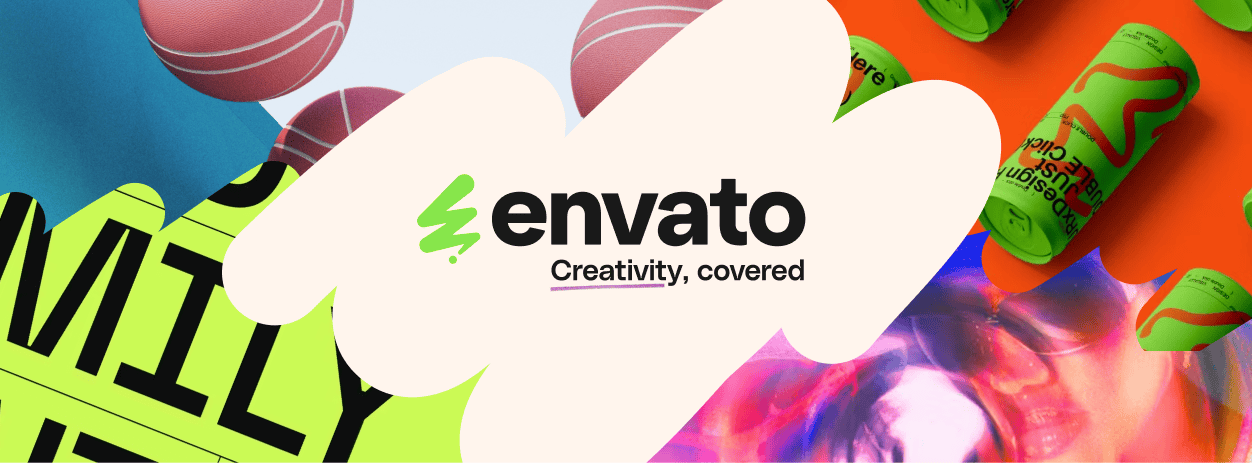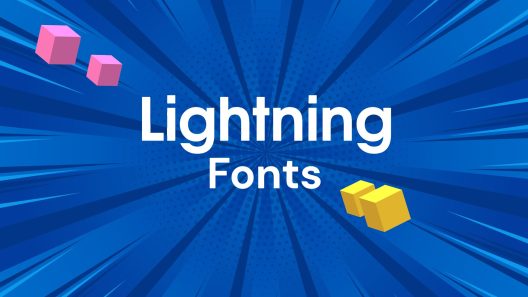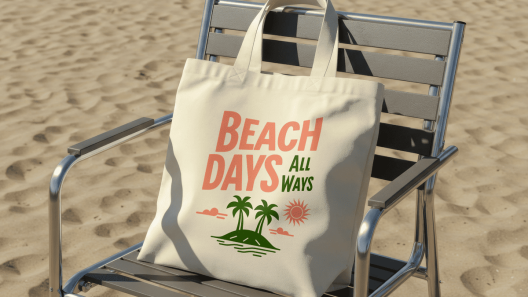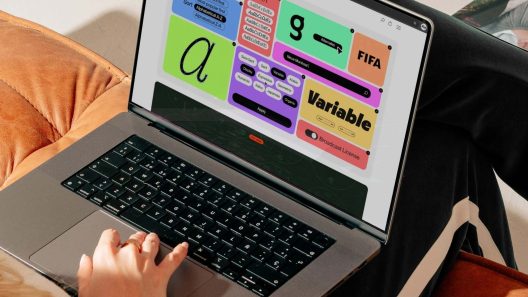Designers need to take back control before every website becomes just another infinite scrolling domination. This shift not only reflects changes in user experience (UX), but also raises philosophical questions about control and engagement.
Do you remember the times (maybe even now) when passively clicking on something was a necessity and opened the door to a different environment on the Internet? Now this feature is dying and becoming hostage to a different experience.

Another (almost) forgotten memory, when we visit a website, browse it, click “about”, wait for it to load, read it, get information… go to “contacts” and wait again with impatience, when we open it we find different information, which is why we perceive that website with such empathy. However, that is (almost) a thing of the past.
The shift from click to scroll
Previously, navigating a website involved deliberate clicks – each click was a conscious decision to explore further and experience the satisfaction of discovery. Now, users simply scroll through an endless stream of content.
The traditional journey has transformed into a passive flow, where the user is less engaged with the material and more engaged with the scrolling mechanism. This transformation turns interaction into a flick of the finger, which, while seemingly convenient, can be seen as lazy design masquerading as facilitation.
Engagement or negligence?
That’s the question. It seems that we liked the scrolling process on websites not because it was something new, but because we neglected it, we started to get lazy, getting tired or really hate to click.
Designers took advantage of this gap, they started create scrolling on websites without pity to create something new, so that we gain more familiarity and experience. The scrolling feature is most acceptable thing for everyone and there is no need to bother about anything.
The ‘TikTok’ effect
TikTok has reprogrammed the “internet.” You don’t click anything. You swipe. The content comes automatically. The next thing is always right there. There’s no decision fatigue, just content inertia. Relaxation.
Well, let’s take a look at the new “modern” web design: auto-playing videos, sticky navigation, endless modules, a gradual reveal that opens up just enough to make you slide in. TikTok hasn’t just destroyed YouTube – it’s “devouring” the internet.
Natural, normal navigation is almost gone. It’s vertical, even the biggest websites do it, imitating TikTok. The vistor can’t absorb that much information when scrolling endlessly. Landing pages are monotonous > just hero > testimonial > CTA > pricing > FAQ > signup > footer > or something else. It’s not navigation, it’s some kind of prank.

The illusion of intuitive design
Scrolling is described as “intuitive,” suggesting that it is a natural user experience. However, this simplicity can mask the need for deliberate navigation and decision-making, which often requires a certain amount of friction.
Design friction allows users to stop, reflect, and choose their next steps, while scrolling encourages a mindset of passive engagement that often leads to disorientation.
Or maybe it’s a kind of freedom?
The essence of the change lies in the power of dynamics. Clicking gives users the opportunity to choose their own path, while scrolling concentrates control in the hands of designers and platforms.
Scrolling takes the user through a journey predetermined by the site’s layout, which prioritizes engagement metrics over meaningful navigation. Such interactions encourage continuous consumption rather than informed decision-making.
By clicking the user ask: where do I want to go next? By scrolling the user ask: how far do I want to go? One creates orientation. The other creates disorientation, identifying with an elegant (UX) style. Users think scrolling is intuitive. Natural. But that’s only half the story.
It is freedom that spoils the visitor.
SEO implications of scrolling
A significant drawback of the scrolling model is its impact on search engine optimization (SEO). Traditional search engines use individual pages for indexing, but long scrolling movements limit the surface area available for indexing.
As a result, valuable SEO potential is sacrificed in favor of a smoother visual experience, which reduces the ability of users to find specific content. But we do it anyway. Why? Because scrolling “feels better.” Because it’s “innovative.” Because someone saw it “somewhere” on the homepage, was pleased, and copied it as a cult ritual.
Mobile navigation challenges
The assumption that scrolling improves the mobile experience comes with its own challenges. On mobile devices, users can find it difficult to keep track of their position during long scrolling sessions or easily find specific information.
While there are various solutions, such as sticky headers and jump links, these are just fixes to the larger problem of eliminating clickable navigation in favor of scrolling.
Scrolling hurts mobile experience (UX) and we know it. But at some point we are going to ask: If you needed to “shade” the navigation, was it worth removing the clicks?
Aiming for a balanced approach
Given the current trajectory, it’s clear that we as designers won’t be returning to multi-page websites with complex and outdated navigation. However, it’s important to recognize that scrolling has inherent limitations.
A hybrid approach that combines smooth scrolling with modular clickable points can increase user engagement without sacrificing usability. This could lead to a more balanced user experience that increases clarity and choice.
Final thoughts
Clicking didn’t die on its own – it was destroyed in the name of engagement metrics, feed-forward thinking, and the illusion that infinite scrolling is always better. The gaps are acknowledged by almost everyone, both users and designers, but radical changes are not expected in the nearest future.
It’s time to reevaluate the design aesthetics and prioritize user intent over addictive scrolling. Are you still actively browsing, or just floating around the digital spaces?














